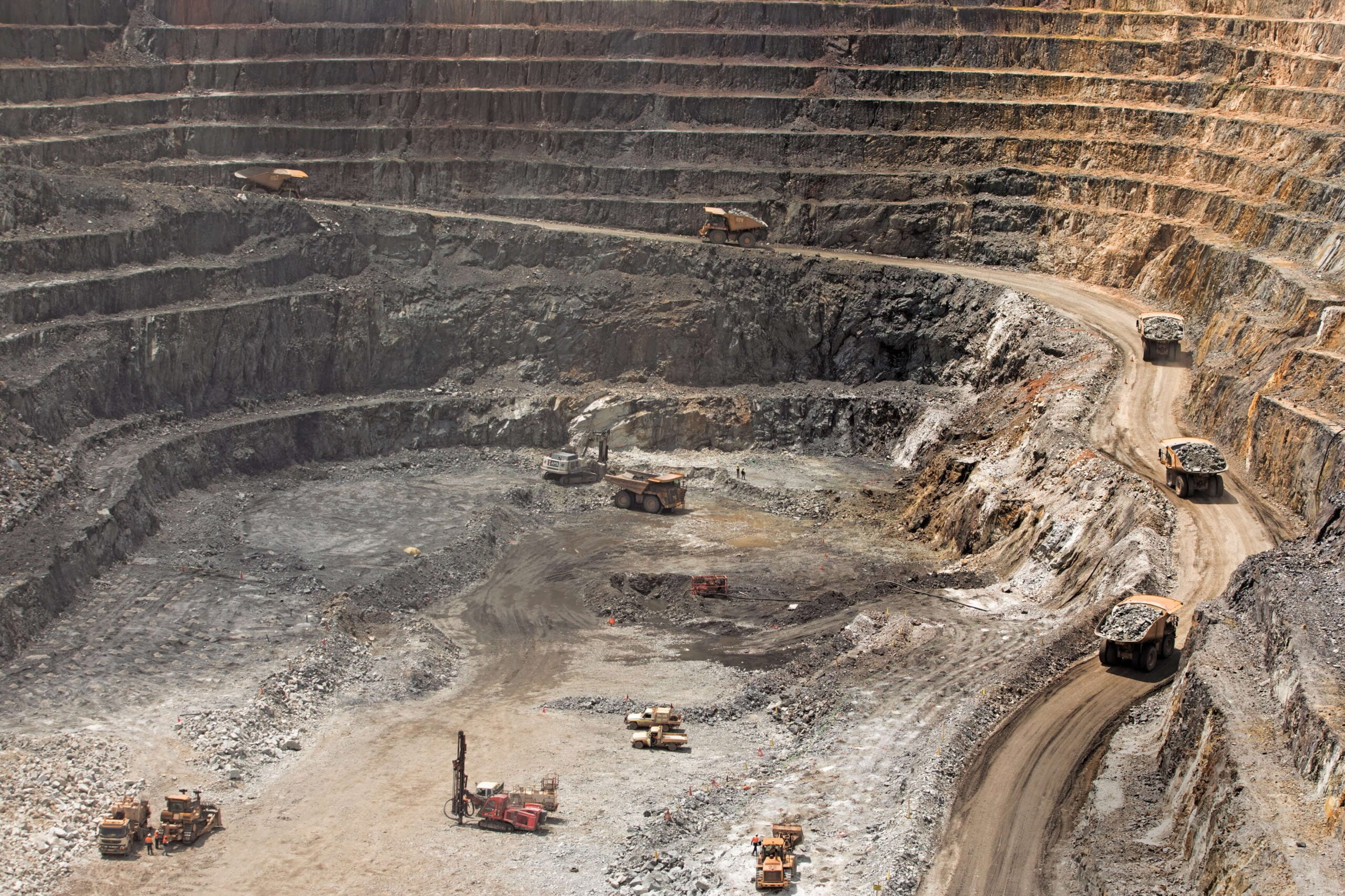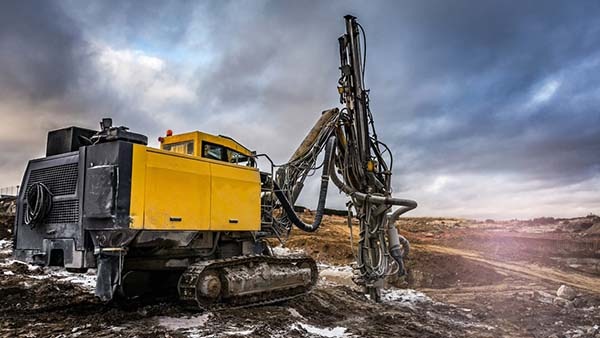1872 Mining Law - Earthworks - An Overview

The Basic Principles Of Mining - Metso Outotec
They were worked as treadmills with miners standing on the top slats. Numerous examples of such gadgets have actually been discovered in old Roman mines and some examples are now protected in the British Museum and the National Museum of Wales. Middle ages Europe [edit] Gallery, 12th to 13th century, Germany Mining as an industry underwent dramatic changes in medieval Europe.

Metal & Mining industry - KROHNE Group
Other valuable metals were likewise used, mainly for gilding or coinage. At first, many metals were obtained through open-pit mining, and ore was primarily extracted from shallow depths, rather than through deep mine shafts. Around the 14th century, the growing use of weapons, armour, stirrups, and horseshoes considerably increased the demand for iron.
The Buzz on Mining and Mitigation Program - Florida Department of
The frustrating dependence on iron for military functions stimulated iron production and extraction processes. The silver crisis of 1465 took place when all mines had reached depths at which the shafts could no longer be pumped dry with the offered innovation. Although an increased use of banknotes, credit and copper coins throughout this period did reduce the worth of, and reliance on, rare-earth elements, gold and silver still remained crucial to the story of medieval mining.
On the continent, mineral deposits belonged to the crown, and this regalian right was stoutly preserved. However in England, royal mining rights were restricted to gold and silver (of which England had essentially no deposits) by a judicial decision of 1568 and a law in 1688. Source had iron, zinc, copper, lead, and tin ores.

Top 10 mining companies in the world

Resource-rich countries need to get their mining tax systems right - Financial Times
The Peru seeks to redraft legal framework for mining industry Ideas
English, German, and Dutch capital combined to finance extraction and refining. Hundreds of German service technicians and knowledgeable workers were brought over; in 1642 a colony of 4,000 foreigners was mining and smelting copper at Keswick in the northwestern mountains. Usage of water power in the form of water mills was comprehensive.

Black powder was initially utilized in mining in Selmecbnya, Kingdom of Hungary (now Bansk tiavnica, Slovakia) in 1627. Black powder allowed blasting of rock and earth to loosen up and reveal ore veins. Blasting was much faster than fire-setting and permitted the mining of previously impenetrable metals and ores. In 1762, the world's first mining academy was established in the very same town there.
